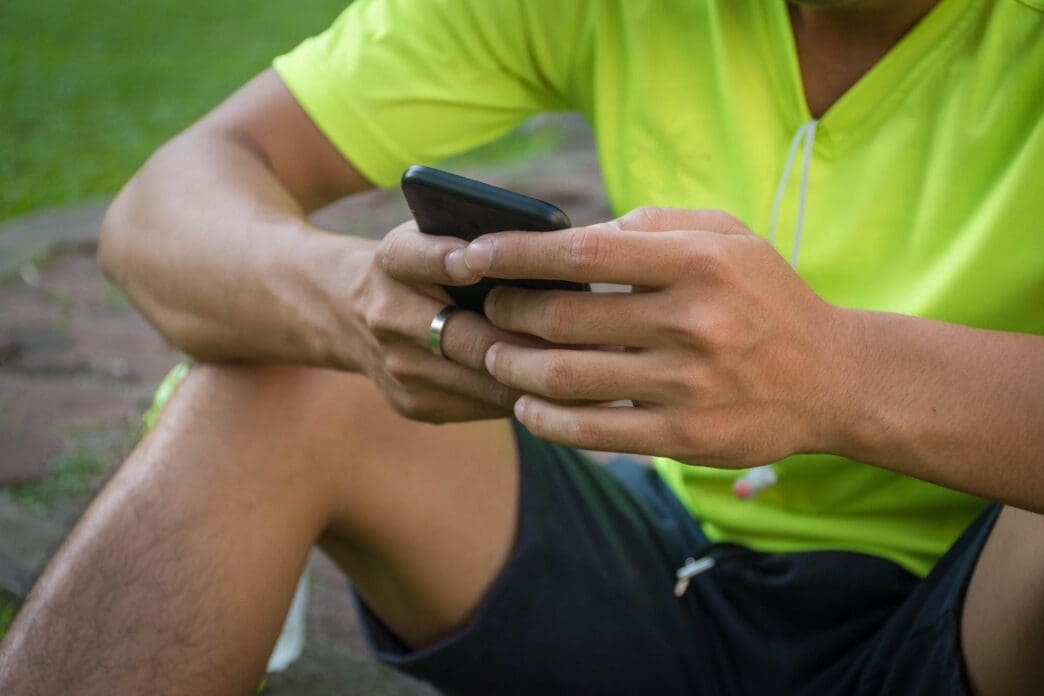A Quick Takeaway
The Story Behind the Trend
How to Make It Work for You
The Community View
Race day, whether it’s a muddy obstacle course, a rainy trail run, or even a sweaty road race, presents a unique challenge for safeguarding our indispensable digital companions: phones, GPS watches, and other essential gadgets. For runners, spectators, and volunteers alike, protecting these devices from the inevitable mud, water, sweat, and impact is paramount. Failure to do so can lead to costly repairs, data loss, or, at the very least, a frustrating inability to track performance, navigate, communicate, or capture those memorable moments. Proactive preparation and the right protective gear are key to ensuring your tech survives the finish line as triumphantly as you do.
Understanding the Threats
The race environment is inherently hostile to electronics. The most obvious culprit is water, whether from rain, puddles, or accumulated sweat, which can quickly short-circuit devices. Mud and fine dirt are equally insidious, capable of clogging ports, abrading screens, and working their way into internal components. Beyond environmental factors, the physical demands of running—falls, jostling, and accidental drops—pose significant impact risks. Even extreme temperatures, though less common, can affect battery life and device performance over long events.
Essential Gear for Protection
Equipping yourself with the right protective gear is the first and most critical step in safeguarding your gadgets.
Waterproof Cases and Pouches
Invest in a high-quality waterproof case designed specifically for your phone model. Brands known for their robust protection offer hard-shell cases that seal out water, dust, and mud while providing significant impact resistance. For a more versatile and often more affordable option, consider universal waterproof pouches or dry bags. These typically feature a secure sealing mechanism, allowing you to use your device’s touchscreen through the transparent material, making them ideal for phones, keys, and even small power banks.
Storage Solutions
Where you store your device during the race is as important as the protection it has. Many running hydration vests and belts now come with dedicated waterproof or water-resistant pockets, strategically placed for easy access without exposing your device to the elements. For additional peace of mind, consider placing your phone, even if it’s in a waterproof case, inside a small dry bag or a heavy-duty, sealable plastic bag within your vest or pack. This creates a crucial double layer of defense against moisture.
Screen Protectors
While a full waterproof case offers comprehensive protection, a tempered glass screen protector is an excellent standalone or complementary defense against scratches, scuffs, and minor impacts. It can prevent abrasive mud from damaging your screen and offers an extra layer of shatter resistance, which is invaluable if your device takes an unexpected tumble.
Pre-Race Preparations
Beyond physical protection, a few smart pre-race steps can mitigate potential issues.
Backup and Cloud Storage
Always back up your phone’s data to the cloud or an external drive before race day. This ensures that even if your device is irrevocably damaged or lost, your precious photos, contacts, and other important information remain safe and accessible.
Power Management
Ensure all your devices are fully charged the night before. If you anticipate a very long event or rely heavily on GPS tracking, consider bringing a small, protected portable power bank. Just remember to keep the power bank itself in a waterproof pouch to prevent damage.
Test Your Gear
Before the big day, conduct a dry run with all your protective gear. Ensure your phone fits snugly into its case or pouch, and practice accessing it. Check that all seals on waterproof cases are secure and free of debris. This practice run will build confidence and prevent fumbling during the race.
On-Course Strategies
Even with the best gear, mindful handling during the race can make a difference.
Strategic Placement
Keep your phone and gadgets as close to your body as possible, ideally in an inner pocket of your running vest or belt. This minimizes movement and exposure to external elements compared to an armband, which is more susceptible to rain and direct splashes.
Minimize Handling
Resist the urge to frequently pull out your phone, especially in particularly muddy or wet sections. If you need to check navigation or take a photo, do so quickly and carefully, preferably in a less exposed area. Consider using a wrist-mounted GPS watch for primary tracking to keep your phone tucked away.
Post-Race Care
Once you cross the finish line, a little post-race care can ensure your devices are ready for your next adventure.
Immediate Cleaning
Carefully wipe down your phone and its protective case with a damp, clean cloth to remove any mud, dirt, or sweat. Pay special attention to ports and buttons, ensuring no debris remains. Only remove the device from its waterproof case once it and the case itself are clean and dry.
Check for Damage
After cleaning, thoroughly inspect your device and its protective gear for any signs of damage, such as cracks in the case or screen protector, or moisture inside the case. If you suspect moisture has entered, do not attempt to charge the device.
Drying
If any moisture ingress is suspected, power off the device immediately and allow it to air dry completely in a well-ventilated area. Avoid using direct heat, which can cause further damage. A desiccant packet, like silica gel, can help absorb moisture.
Protecting your phone and gadgets on race day is about thoughtful preparation and smart choices. By investing in quality waterproof gear, practicing good storage habits, and being mindful during the event, you can ensure your technology survives the mud and mayhem, allowing you to focus on the exhilarating experience of the race itself, confident that your digital lifeline is secure.







